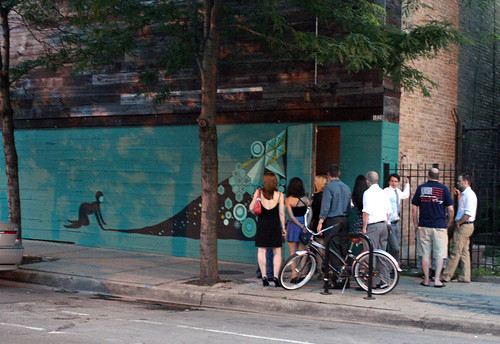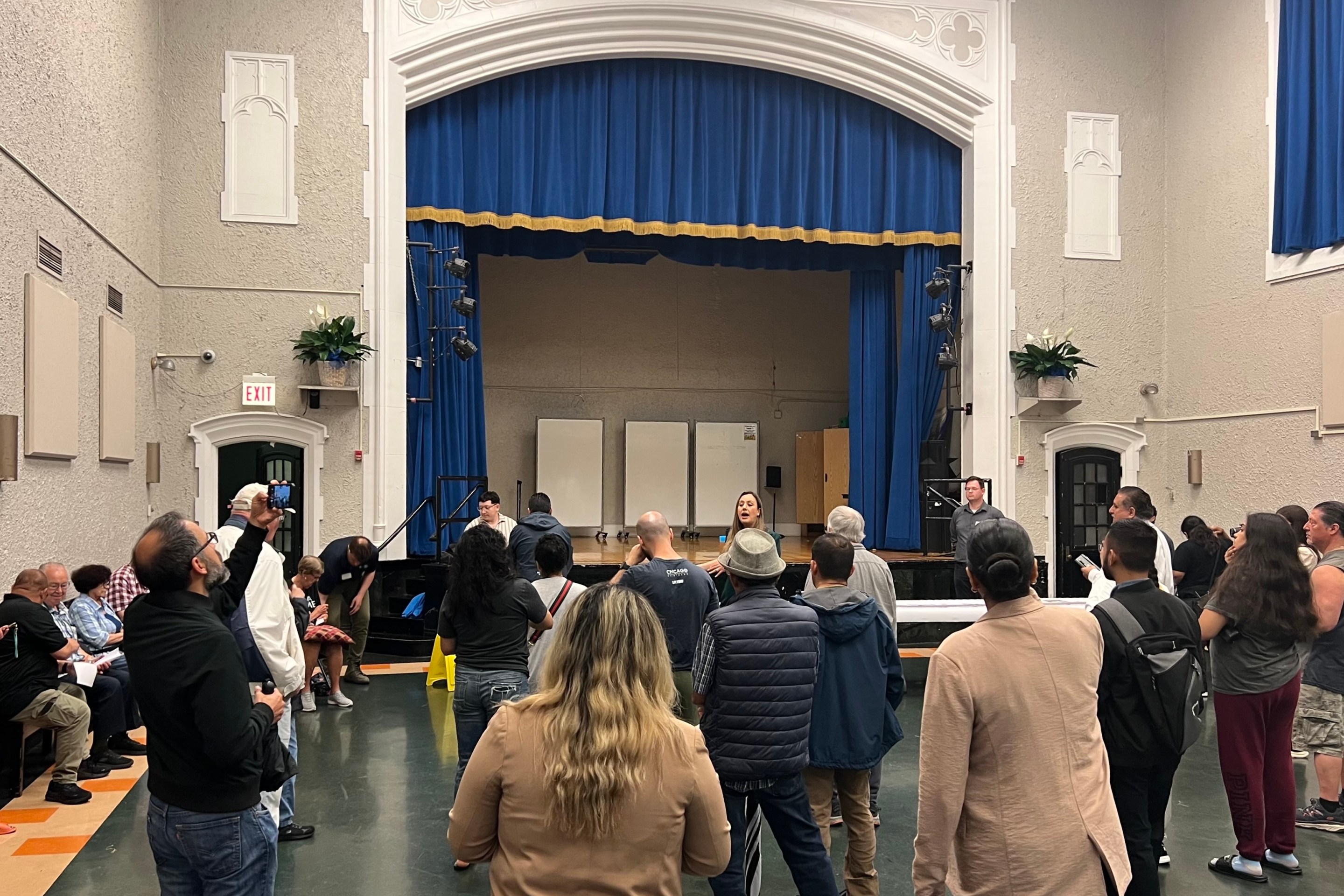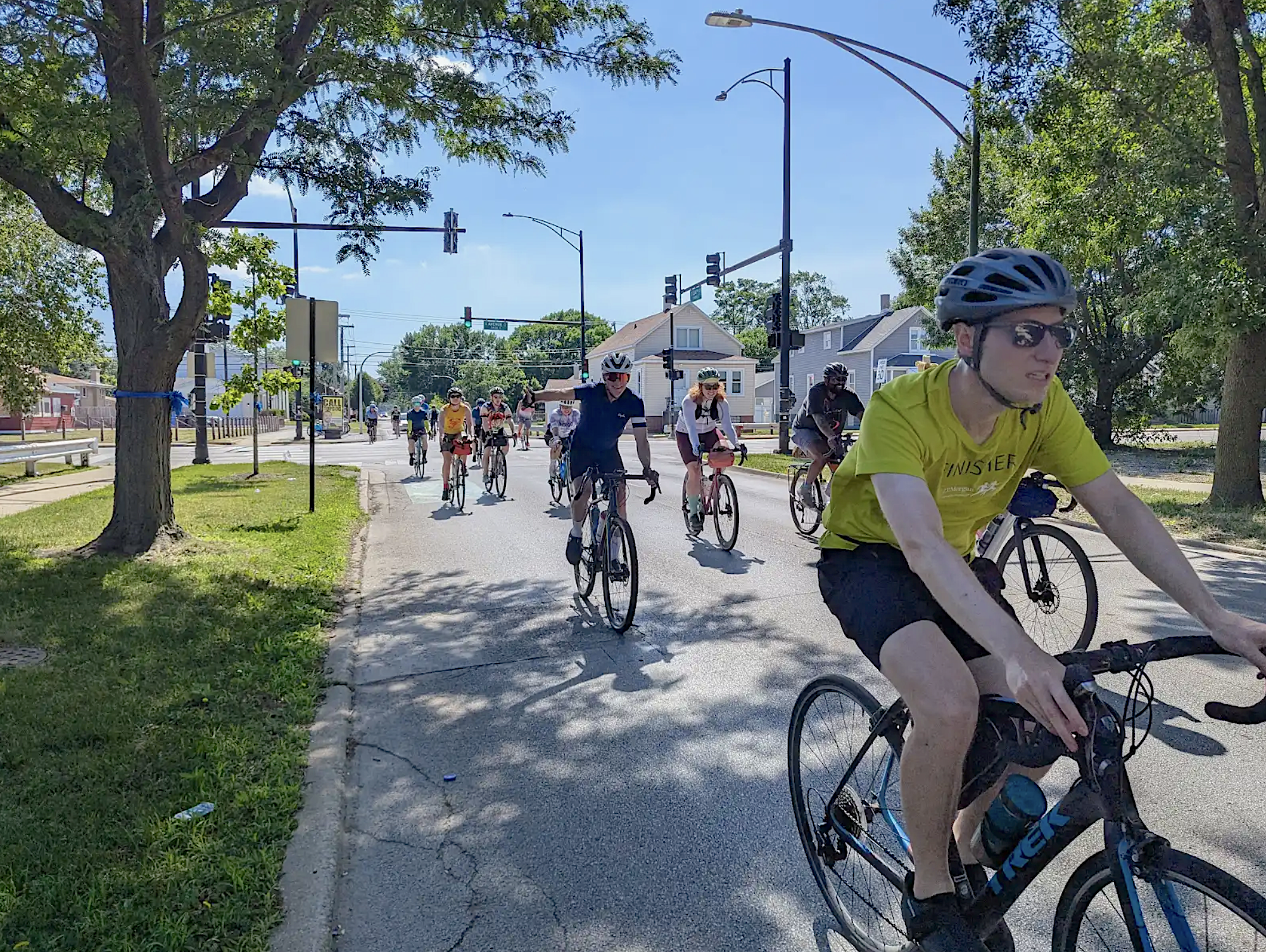When it comes to options for replacing unnecessary car trips, we say the more the merrier. So we were glad to hear that SideCar, a San Francisco-based company that facilitates peer-to-peer ride sharing with a free smartphone application, launched in Chicago last weekend. The company, which also operates in Seattle, Los Angeles, Philadelphia, Austin, Boston and New York City, makes a profit by keeping 20 percent of voluntary donations from passengers to drivers, made via the app.
During the initial launch phase in Chicago, SideCar will operate on Friday and Saturday nights from 5 pm to 3 am; hours will expand as more members join. From the company’s local office in Wicker Park, Chicago manager Lisa Frame filled us in on the details of the system and why she thinks it can help build community, as well as getting excess cars off the road.
John Greenfield: Can you tell me how the Sidecar works?
Lisa Frame: Sidecar is a smartphone technology that connects riders and passengers. If there’s a passenger who needs a ride, it connects them with a driver who’s willing to share one of their extra seats in their car. It’s really simple and it’s really easy.
JG: So if you’re a person with a car, how do you use Sidecar?
LF: First you sign up. We have a whole ten-step vetting process where we approve our drivers. We do everything from license and insurance verification to background checks. Once you set up all of your information and you apply, when you are first accepted you go to what we call Sidecar U., where we train you and we go over the app. After that, once you’re approved in our system, you just go online and whenever you’re doing errands or commuting you can turn on your app and if you have an extra couple of seats in your car and you have the time to pick someone up you can start using it right away.
JG: So what are the advantages for drivers – they can make money off it?
LF: We say, “If you’re driving, you might as well get paid for it.” So we like to help people pay for their car payments and their gas. Another advantage of being a driver is, if you have extra seats in your car, and you’re driving certain commutes every day or certain errands every day, you get to meet really exciting people in your neighborhood. There’s a great social cohesion part to this where you’re meeting people in your community and you’re meeting people outside your community. And of course, it helps you see the city in a different way, maybe going to areas that you’ve never heard of, like a restaurant that you pass by in your commute that you’ve never noticed.
JG: The payment is voluntary, right?
LF: Yes. Our system is completely cashless and it’s donation-based. Before the passenger even gets picked up by a driver we show them the suggested donation, because the passenger selects their pick-up and their drop-off. So a little pop-up will come and say, “We’re going to suggest that you pay 11 dollars.” So they know right upfront. And then afterwards it’s still completely up to the passenger to donate whatever price they see fit.
So let’s say the ride was just amazing, which we hope they always are. They have the ability to pay the exact suggested donation or they can go a little bit up. Or let’s say something happened where they don’t have that exact amount of cash at the moment. They can go a little bit below as well, or even offer zero, which doesn’t happen very often.
JG: I suppose if you get in the habit of not paying for your rides then you’re going to get a bad rating and people won’t offer to give you rides.
LF: From a community standpoint, we want to make sure that we reach out to those passengers, because we definitely want to make sure that we have the best drivers out there. So we call the passenger and we ask, “Hey, what happened?” Sometimes it’s just a mistake and they didn’t know. But if someone is out there and you’re taking advantage of our drivers, we’ll give that passenger a warning like, “You know these people are not on an hourly rate, they’re not employees of Sidecar, they’re just people who are using our technology and giving rides.”
JG: Can you tell me a little more about how drivers and passengers can be sure they’re getting a safe ride?
LH: Safety of all riders and drivers is our number one priority. We actually run more checks on our drivers than most taxi and limo services. In addition to our background checks and rating system, what also makes people feel really safe is we also have GPS vehicle tracking features and the ability to share details of your trip with others. We believe that this provides a greater degree of security and safety than casual carpooling, traditional ride share, even limos and taxis.
JG: How have things been going in Chicago?
LH: We’re really excited because last weekend was our soft launch and we matched over 150 rides without any press or any push. I actually don’t know how many members we have yet, but I know it’s a good number because last weekend we were just slammed. It was awesome to see how excited people were to share rides and meet new people.
JG: How do you feel Sidecar can help with traffic congestion and the environment?
LH: Sidecar is an opportunity to get cars off the road and it will make cars on the road more efficient. Car ownership among young people is already on the decline, and we believe that this trend will continue because the mobility that people need will be found on their smartphones. If everyone was to ride share, let’s say when they’re commuting to the suburbs, if they did it one day a week emissions could go down tremendously. It’s also will lead to safer roads because there will be less cars out there. If we can get a couple hundred cars off the road, that’s less time on the expressway for everyone trying to get back home for dinner after work.







